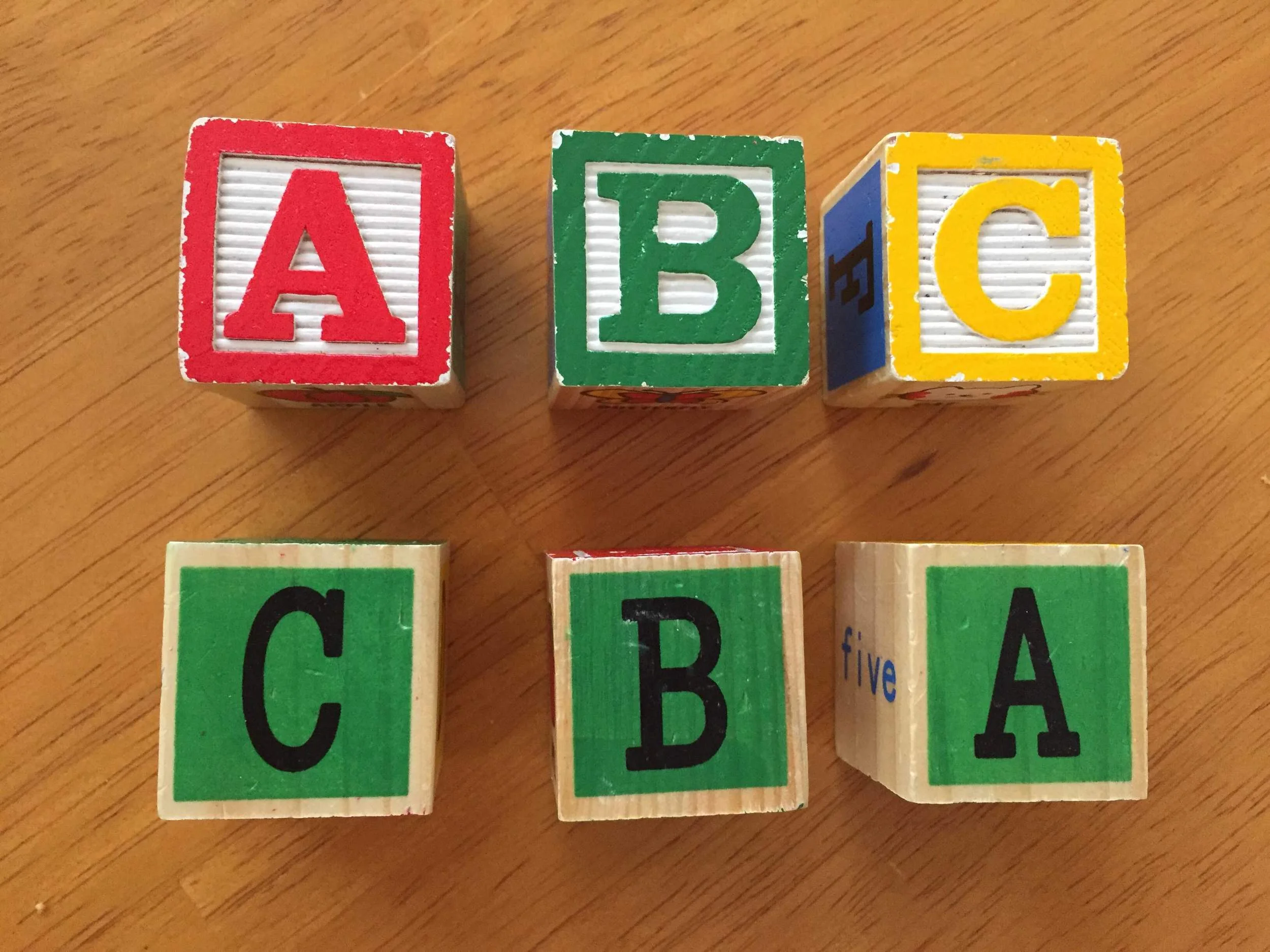Learn To Study Using…Interleaving
By: Yana Weinstein & Megan Smith
This is the fourth in a series of six posts designed to help students learn how to study effectively. The purpose is to provide students with a resource that can help them take charge of their own learning. So far, we have posted on:
Today’s post is about interleaving – that is, switching between ideas while you study.
What is interleaving?
Imagine you are sitting down to a study session. You have an exam coming up, and all sorts of different topics to study for it. How should you study them - one at a time, or switching between them?
Here’s what the research suggests: You shouldn’t study one idea, topic, or type of problem for too long. Instead, you should change it up often. Interleaving like this may seem harder than studying one type of material for a long time, but this is actually more helpful in the long run. This strategy is particularly useful if you’re studying something that involves problem solving - like math or physics - interleaving can help you choose the correct strategy to solve a problem (1). Interleaving can also help you to see the links, similarities, and differences between ideas (2).
How often should you switch topics?
This is a very important thing to consider. While it’s good to switch between ideas, don’t switch too often, or spend too little time on any one idea; you need to make sure you’ve covered some ground before tackling a new idea. Switching too often can start looking more like “multi-tasking”, and you definitely don’t want to do that.
What should you do while interleaving?
Don't just switch and forget about each idea once you’ve switched. Instead, try to make links between different ideas as you switch between them. Then, go back over the ideas again in a different order to strengthen your understanding.
And finally: interleaving on its own is not enough - you need to use effective learning strategies such as retrieval practice or elaboration as you focus on each concept. Don’t just reread (or rewrite) your notes!
If you liked this post, check out our downloadable posters summarizing each of the 6 strategies for effective learning!
References:
(1) Rohrer, D., & Taylor, K. (2007). The shuffling of mathematics problems improves learning. Instructional Science, 35, 481-498.
(2) Rohrer, D. (2012). Interleaving helps students distinguish among similar concepts. Educational Psychology Review, 24, 355-367.



